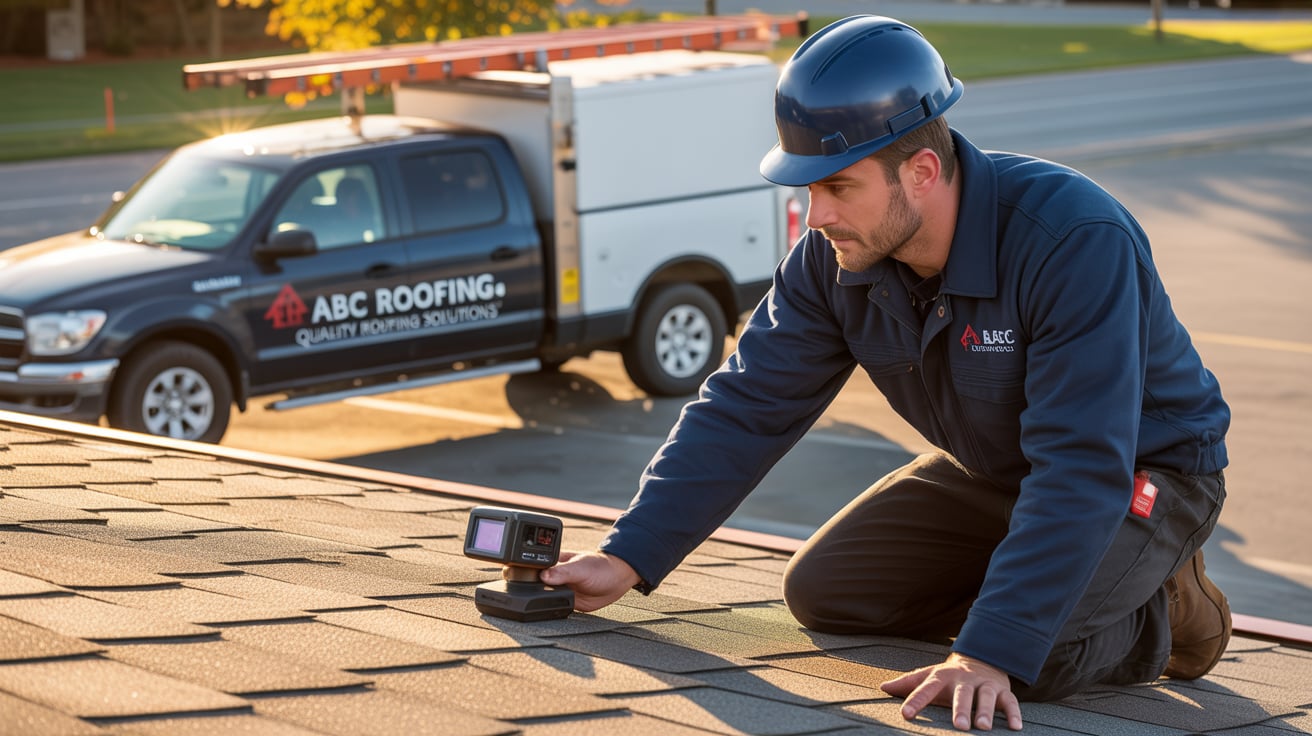
How Does Built Up Roofing Work In Beverly Hills?
If you’ve ever gazed at the flat rooftops of buildings around Beverly Hills and wondered what keeps them weatherproof through all those sunny days and the occasional rain, the answer is often something called built up roofing. This tried-and-true method has been a favorite in the area for years, and for good reason. If you’re considering Built Up Roofing for your property, or just want to understand what’s overhead, let’s break it down together. And if you want the job done right, you’d be wise to check out the local pros at Beverly Hills Roofing.
What Exactly Is Built Up Roofing?
Imagine making a giant, weather-resistant sandwich on top of your building. That’s the basic idea behind built up roofing. It’s not just one single layer, but a whole stack of materials layered together. Usually, these layers include a sturdy base sheet, several plies of felt (sometimes called roofing felt), and sticky asphalt in between each one. On top, you’ll often find crushed stone or gravel pressed into the surface, giving it a tough finish that stands up to foot traffic and sunlight.
“A built up roof is a bit like a well-crafted lasagna—each layer has its purpose, and together, they create a roof that lasts for decades.”
Why Does This Make Sense in Beverly Hills?
Beverly Hills is famous for its clear skies and mild weather, but it does have its share of surprises—think rare rainstorms or those hot summer afternoons. Flat and low-slope roofs, which are common here, need something that can shrug off both heavy sun and the occasional downpour. Built up roofing is perfect for this because it’s heavy-duty and doesn’t mind the sun baking down all day long.
Another big plus? It’s great at keeping out leaks. The multiple layers act like a shield, so even if one part gets a little worn, there’s backup underneath. That’s peace of mind for anyone who’s ever worried about water working its way inside.
| Feature | Benefit |
|---|---|
| Multiple Layers | Extra protection against leaks and weather |
| Gravel Surface | Shields from sunlight and foot traffic |
| Asphalt Binding | Holds everything together, keeps water out |
| Long Lifespan | Can last 20–30 years with good care |
How Is Built Up Roofing Installed?
If you’re picturing a quick weekend project, think again. Installing built up roofing is a specialized task. Here’s a basic overview of how it happens:
- Preparation: The roof surface gets cleaned and checked for any issues.
- Layering: Workers roll out a base sheet, then alternate layers of felt and hot asphalt. This is done several times to build up strength.
- Finishing Touches: Once the layers are set, a final coat of asphalt goes on, topped with gravel or a mineral sheet for added protection.
The process takes skill and the right equipment, so it’s best left to pros. If you’re also curious about other rooftop options, like cool roof coatings or roof repair services, it’s a good time to ask your roofing company what will work best for your building’s needs.
Upkeep and Longevity: What to Expect
One of the best things about built up roofing is that once it’s up there, it doesn’t need much fuss. The gravel layer helps protect from sun and wear, but you should still have someone check it out now and then—especially after a big storm or if you notice puddles sitting for a while. Keeping drains clear and catching small problems early will help your roof last even longer.
With a little attention, it’s not unusual for built up roofs in Beverly Hills to last 20 years, sometimes even longer. That’s a pretty good lifespan, especially considering the beating a roof can take in southern California’s climate.
Frequently Asked Question (FAQs)
Q: Is built-up roofing a good choice for homes, or just commercial buildings?
A: While it’s more commonly seen on commercial structures and apartment buildings, built-up roofing is also a smart option for homes with flat or low-slope roofs. Its layered construction offers dependable protection wherever it’s used.
Q: How often does built-up roofing need maintenance?
A: A yearly inspection is recommended. Most of the time, it just needs a routine check and light cleaning. Early detection of issues can help prevent costly repairs later on.
Q: Can built-up roofing handle heavy rain?
A: Definitely. Its multi-layered design is built to resist water intrusion, making it a great choice in areas prone to heavy rainfall—when properly installed and maintained, leaks are rare.
Q: Is it expensive to install?
A: The initial cost is higher than some other roofing materials, but its durability and low upkeep often make it a cost-effective, long-term investment.
Conclusion
In a place like Beverly Hills, where style meets practicality, built up roofing has become a trusted go-to for flat rooftops. It’s strong, long-lasting, and perfect for LA’s unique weather mix. If you’re thinking about updating your roof or need repairs, don’t be shy about reaching out to the experts at Beverly Hills Roofing—they’ll help you decide if built up roofing, or another option, is the best fit for your property.
Read More : Beverly Hills Roofing


